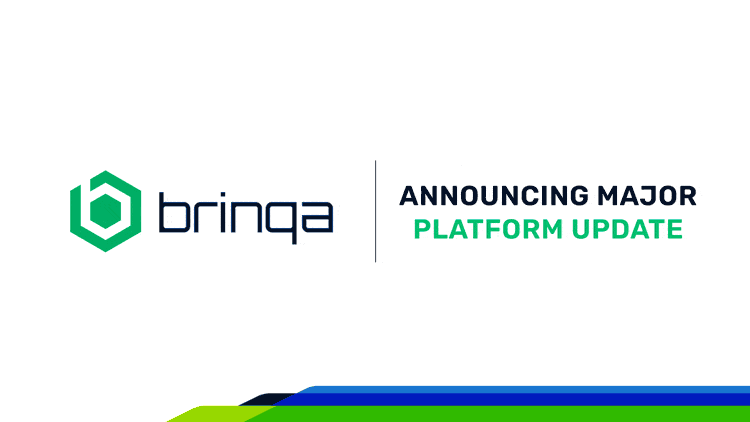
Blog





You’ve Heard About ASPM, But Are You Ready For It?
Learn More
How ASPM is Changing the Game in Application Security
Learn More
Wave Goodbye to the Old Way of Doing Vulnerability Management
Learn More
Stop Chasing the Adrenaline Rush of Reactive Security
Learn More
Risk Operations Center – The New Approach for Proactive Cybersecurity
Learn More

